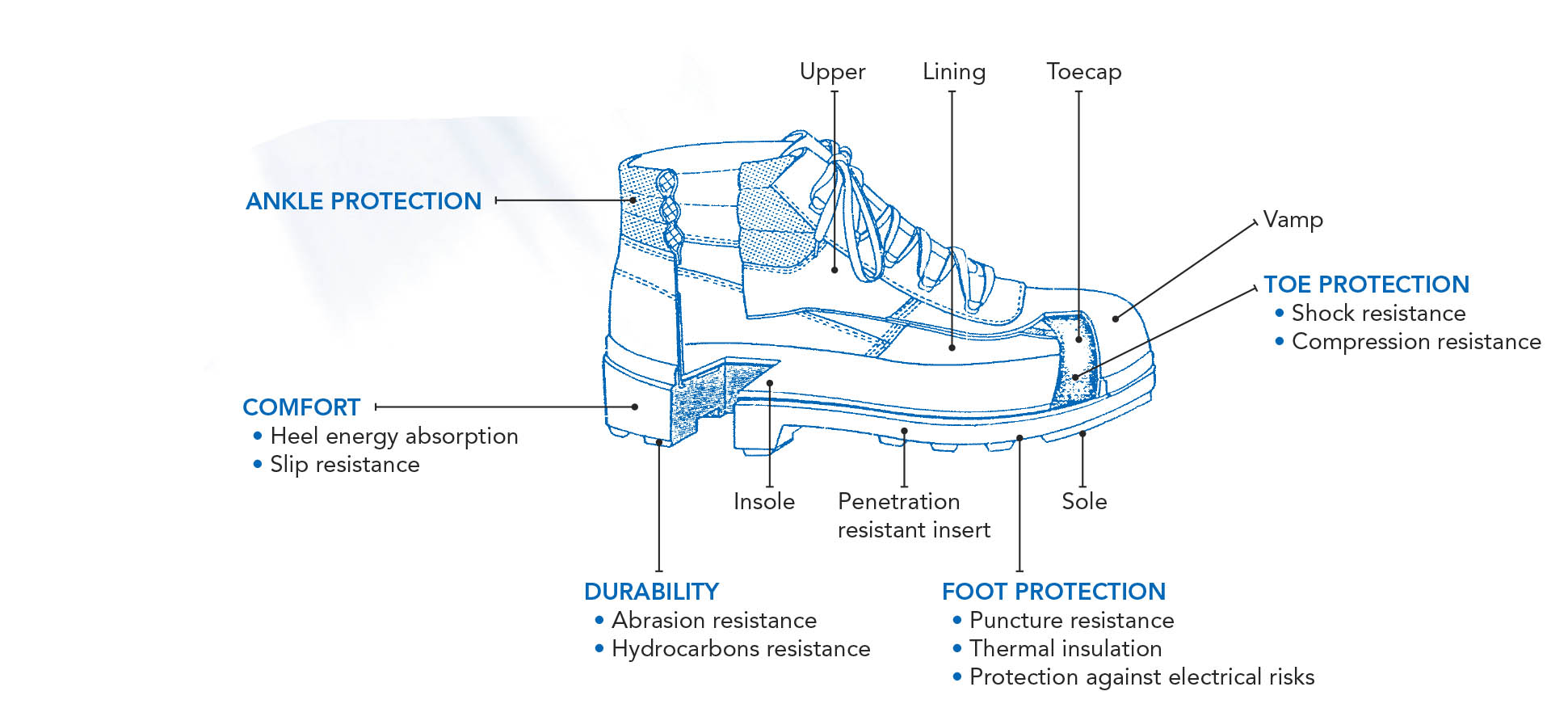

Obligations are fixed in the PPE users” Directive 89/656 dated 30.11.1989 and the associated texts.
Employers shall implement all collective means to protect employees.
PPE provides protection against residual risks. The employer ensures that PPE is appropriate for the risks, in collaboration with the various internal committees of the company.
They provide personal protective equipment free of charge and conforming to the legal requirements, i.e.:
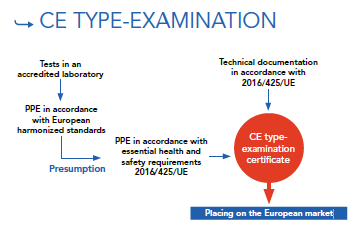
CE marking is based on the following texts: “PPE design” Regulation 2016/425/UE. Manufacturers must place a PPE footwear on the market that comply with the essential requirements of European Regulation 2016/425/EU.
For this purpose, they are required to:
1- Characterize the level of risks against which their PPE footwear will protect its user. It will define the certification rules (see A) .
2- Define all risks precisely. It will set all necessary standards during the certification process (see B) .
3- The manufacturer will choose his Notified Body, CTC.
Most PPE footwear (see C) are in category II.
For category III PPE footwear, an annual control system must be defined (module C2 with CTC or module D with another Notified Body).
4- The manufacturer shall send to the Notified Body a technical file containing:
5- Once the Notified Body has issued an UE type-examination certificate number, the manufacturer shall:
| Certification rules | Category I | Category II | Category III |
| CLASSIFICATION | Minor risks | Other risks | Lethal or irreversible risks |
| EXEMPLES |
Boot for climate risk |
Footwear for mechanical risks |
Footwear for chemical risks |
|
OBLIGATIONS OF THE MANUFACTURER |
|
Category I +
|
Category II +
|
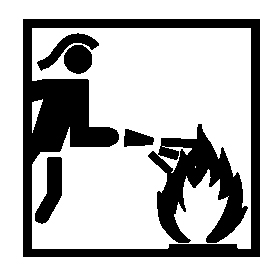 |
 |
 |
 |
 |
 |
ASTM F2413 |
Performance Requirements for Protective (Safety) Toe Cap Footwear |
ISO 11393-3 |
Protective clothing for users of hand-held chain-saws - Part 3: Test methods for footwear |
EN ISO 13287 |
Footwear - Test method for slip resistance |
EN 13634 |
Protective footwear for professional motorcycle riders - Requirements and test methods |
EN 13832-2 |
Footwear protecting against chemicals - Part 2: requirement for footwear resistant to chemicals under laboratory conditions |
EN 13832-3 |
Footwear protecting against chemicals - Part 3: requirement for footwear highly resistant to chemicals under laboratory conditions |
EN 15090 |
Footwear for fire-fighters |
EN ISO 17249 |
Safety footwear resistant to chain saw cutting |
ISO/TR 18690 |
Guidance for use, selection and maintenance of safety, protective and occupational footwear |
EN ISO 20344 |
PPE - Test method for footwear |
EN ISO 20345 |
PPE - Safety footwear |
EN ISO 20346 |
PPE - Protective footwear |
EN ISO 20347 |
PPE - Occupational footwear |
EN 20349 |
Personal protective equipment - Footwear protecting against risks in foundries and welding |
EN ISO 22568 |
(part 1 to 4) - Requirements and test method for toe cap and perforation resistant insert |
EN 50321-1 |
Electrically insulated footwear for live working on low-voltage Installations |
Since 1992, CTC is one of the earliest Notified Bodies for PPE with number 0075. We have issued more than 35,000 CE certificates for safety footwear, protective gloves and protective garments. The skill for testing and certification is guaranteed by the ISO 17025 and ISO 17065 accreditation.
The professionalism and the accuracy of our physical and technical tests help our customers to produce the safest footwear and glove product. We test and certify at the same time, so you save time.
CTC has a large experience of the innocuousness testing in materials and products. The European legislation is the most severe legislation in the world. CTC will help you to define the right critical substances to test. The integration of safety requirements will enable you to guarantee the conformity of the products according to Annex XVII of REACh.
CTC is Convenor or member for the mains standardization technical committees for glove, footwear and garment.
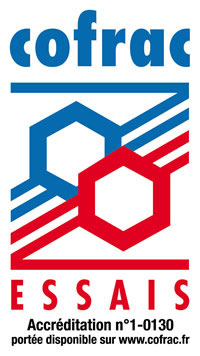 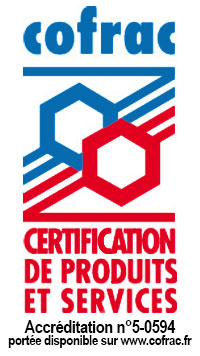 |
 |
 |
|
CTC Shanghai and CTC Dongguan Laboratories are accredited by CNAS CTC Shanghai : CNAS L4577 CTC Dongguan : CNAS L5912 |
CTC Asia Laboratories in Hong Kong are accredited by HKAS |
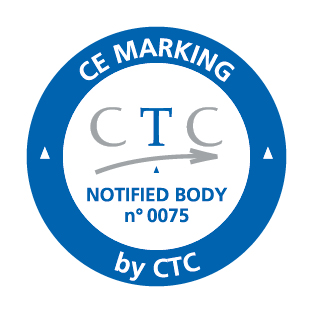
 NEED ASSISTANCE ? CONTACT US !
NEED ASSISTANCE ? CONTACT US !
Whether the article is for safety, protective or occupational purposes, all shoes or boots marked CE guarantee a high level of comfort and durability established on the basis of the following standards:
|
EN ISO 20345 with a 200 J toecap |
EN ISO 20346 with a 100 J toecap |
EN ISO 20347 without toecap but with other standardized safety elements |
|
SHOES S1 :
S2 : S1 +
S3 : S2 +
|
SHOES P1 :
P2 : P1 +
P3 : P2 +
|
SHOES O1 :
O2 : O1 +
O3 : O2 +
|
|
BOOTS S4 : same as S1 S5 : same as S3 |
BOOTS P4 : same as P1 P5 : same as P3 |
BOOTS O4 : same as O1 O5 : same as O3 |
Other characteristics, also standardized, can be used alone or with the basic requirements of the products (see above) and are defined as:
